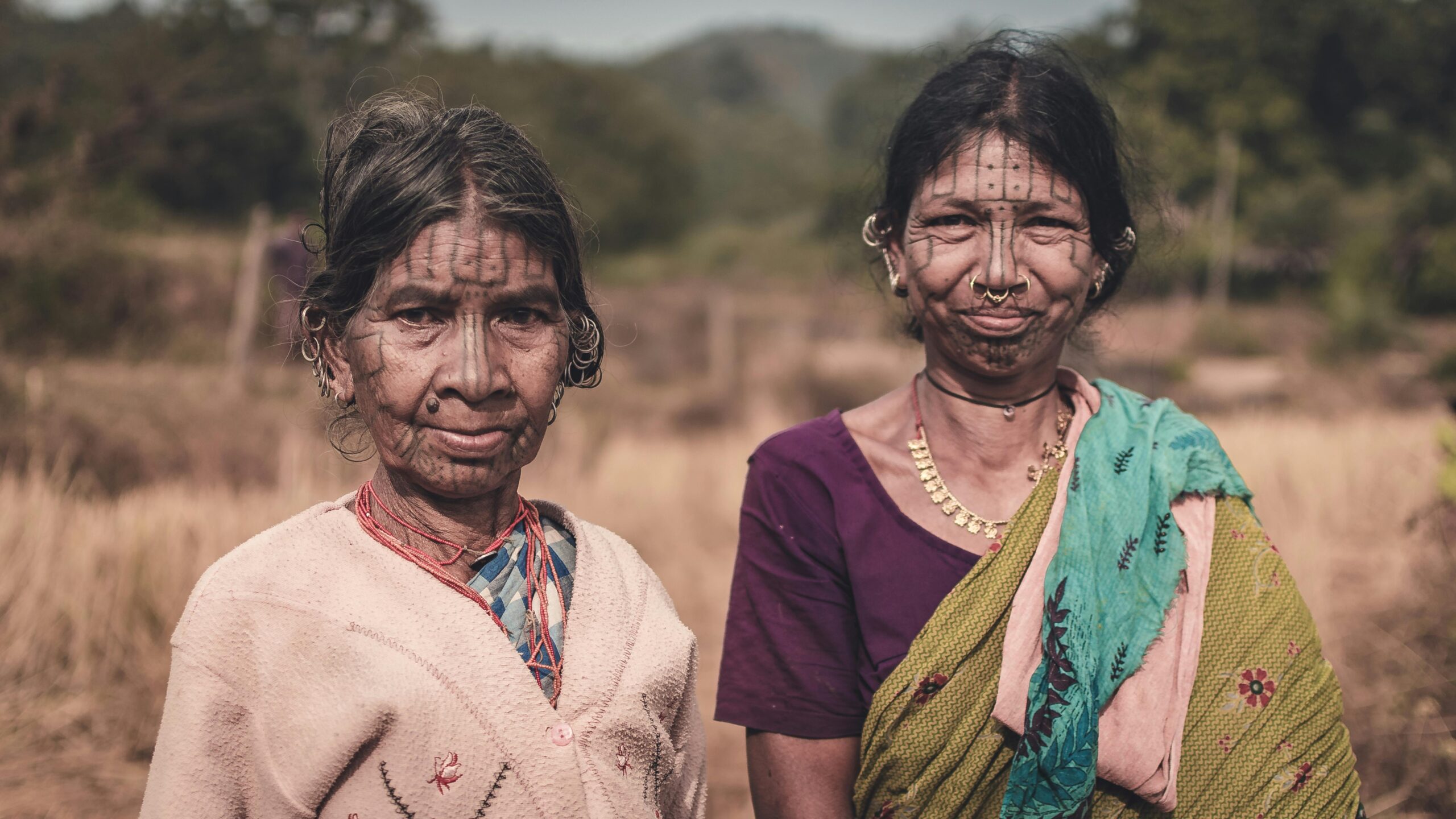In the intricate tapestry of community development, the silent architects often go unnoticed—women. Their unwavering commitment to social change and grassroots development has proven to be the backbone of resilient communities. This blog sheds light on the transformative impact of women as community anchors, steering the course of local governance and grassroots development with unmatched dedication and foresight.
The Catalyst of Change:
Historically, women have been the unsung heroes in the realm of community development. In the contemporary landscape, their role has evolved beyond traditional boundaries, transcending societal expectations. Women, armed with empathy and a deep understanding of community dynamics, have emerged as catalysts of positive change.
Local Governance: A Woman’s Domain:
The intersection of women and local governance is where the magic unfolds. Studies show that communities led by women in key governance roles witness a paradigm shift in decision-making processes and resource allocation. Women, often driven by a sense of responsibility towards their communities, bring a holistic and inclusive approach to governance.
In many instances, women leaders prioritize social welfare, education, and healthcare, recognizing these as pillars that uphold the well-being of the entire community. Their ability to foster collaboration and bridge gaps between diverse groups within the community ensures a more harmonious and sustainable development trajectory.
Grassroots Development: Nurturing from the Ground Up:
Grassroots development thrives when it is rooted in the realities of the local community. Women, as natural nurturers, excel in this domain. They have an innate ability to identify and address the unique needs of their communities, ensuring that development initiatives are tailored to maximize impact.
Microfinance projects, women-led cooperatives, and skill development programs spearheaded by women have proven to be instrumental in breaking the cycle of poverty. By empowering women economically, these initiatives create a ripple effect, uplifting entire families and fostering a culture of self-sufficiency.
Education, a Pillar of Progress:
Women, as champions of education, play a pivotal role in shaping the future of their communities. Their emphasis on education as a means of empowerment has resulted in increased enrollment and improved educational outcomes. By dismantling barriers that hinder access to education, women pave the way for a more informed and enlightened society.
Moreover, women leaders often act as mentors and role models, inspiring the younger generation to aspire to greater heights. The creation of safe spaces for learning, coupled with initiatives to eradicate gender-based discrimination, ensures that education becomes a tool for societal transformation.
Challenges on the Road to Empowerment:
While the strides made by women in local governance and grassroots development are commendable, it is crucial to acknowledge the persistent challenges they face. Gender bias, unequal access to resources, and societal expectations often act as formidable obstacles.
To overcome these challenges, concerted efforts are needed to dismantle systemic barriers and create an enabling environment that empowers women to lead. Recognizing and valuing the contributions of women in community development is not just a matter of equality but a strategic imperative for fostering sustainable, inclusive societies.
Conclusion:
In the grand tapestry of community development, women stand as the resilient threads weaving together the fabric of progress. Their roles as community anchors in local governance and grassroots development exemplify the transformative power of empathy, collaboration, and inclusivity. As we move forward, let us champion the cause of women empowerment, recognizing it as the cornerstone of resilient and thriving communities. Only through the collective efforts of both men and women can we unlock the full potential of our communities and pave the way for a brighter, more equitable future.









